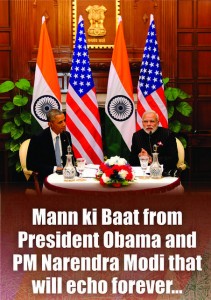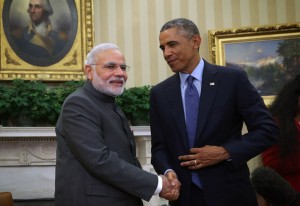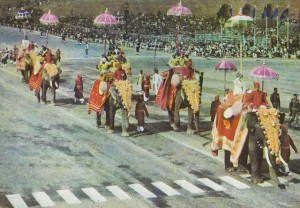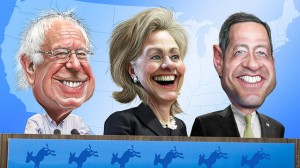
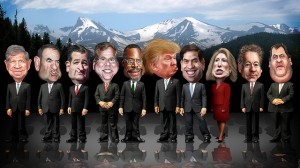
January 21, 2016: Voluminous reporting filed by political correspondents in key battlefield states suggests that South Asia has not figured in any meaningful way in this year’s contests for the Republican and Democratic presidential nominations. GOP frontrunner Donald Trump has not offered to build a beautiful wall along the Line of Control separating Indian and Pakistani forces in Kashmir. Nor has his closest rival, Senator Ted Cruz, called for the carpet-bombing of the Pakistan Taliban, let alone of the Maoist Naxalite guerrillas in eastern India. Neither Democratic presidential hopeful Hillary Rodham Clinton nor her Republican opponent Carly Fiorino has claimed that in seeking to become the first U.S. woman to preside over the White House she is following in the Continue reading “South Asia in the U.S. Presidential Primary Season”


